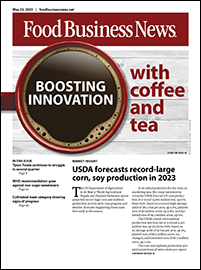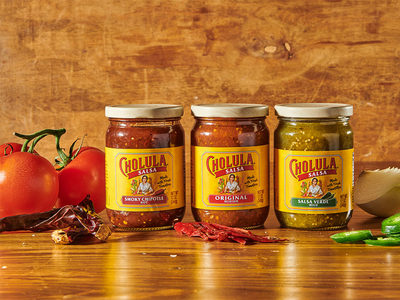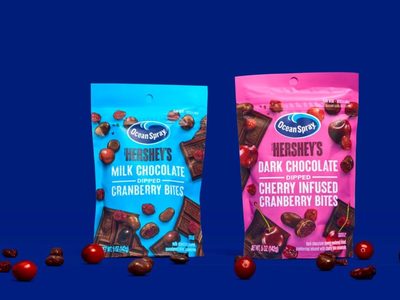SANTA MONICA, CALIF. — Digitally native brands must consider numerous factors prior to launching into brick-and-mortar retail channels. Kirsten Hogan, chief executive officer of Sana Sano Growth Advisors, shared insights during a presentation at NOSH Live, a two-day conference produced by media company BevNET.com, Inc., in Santa Monica Dec. 1-2.
Central to developing an effective strategy is defining and aligning the “why” behind expanding to the physical shelf.
“Do I want to achieve so much gross revenue run rate to attract venture capital money? Do I want to bolster a downstream exit? What exactly is my goal?” Ms. Hogan said. “Remember that goal and stick to it all the way through your strategy.”
She outlined a “crawl, walk, run” approach that involves first launching in key markets where current consumers live and shop, then scaling operations and penetrating new channels and geographies, and finally launching a national, full-scale campaign across all channels.
“That comes with increasing complexity, increasing risk and increasing value,” she said.
Brand owners should evaluate which retail channels represent the best fit, Ms. Hogan said, citing a range of options, including grocery chains, natural and specialty shops, mass merchants and more.
“Really understanding your options and figuring out where your best targets are is one of the most important things you do as you’re assessing,” she added. “Think about your tolerance for growth. How do I want to grow? Can I scale and go into Walmart first or Kroger first or Albertsons first, or do I need to start with a small geography where I’m very comfortable?”
She added, “Don’t worry about taking the big swings if you’re not ready. If they want to give you 1,000 stores, ask if you can test in a couple hundred and you can get your feet wet, you can get out there.”
Product assortment, packaging, positioning, pricing and promotion are pillars of a successful omnichannel plan. Understanding category review and sales cycles also is important. Large retail chains that operate on a category review schedule typically review most categories once per year, she said. New item presentations may be accepted on a more frequent basis by smaller and independent retailers, she added.
“Know your retailer before you present to them,” Ms. Hogan said. “Understand their tolerance for new items, understand their margin strategy, understand their price points. You don’t want to go in blind.”
Holly Adrien, natural and organic strategy and innovation manager at The Kroger Co., in a separate presentation discussed the Cincinnati-based supermarket company’s process for sourcing and onboarding emerging brands at its grocery stores, including Ralphs, Fred Meyer, Mariano’s, King Soopers and others. She recommended engaging a broker with Kroger experience and connections.
“I think there’s homework to do in terms of having a partner that might know how to work with us … as well as thinking about the promotional plans and how you would drive trial, and then how you connect with customers,” Ms. Adrien said.
Leveraging online sales data and consumer insights to support retail relationships is key.
“You can’t just sit on the shelf and expect to sell and stay there,” she added.




